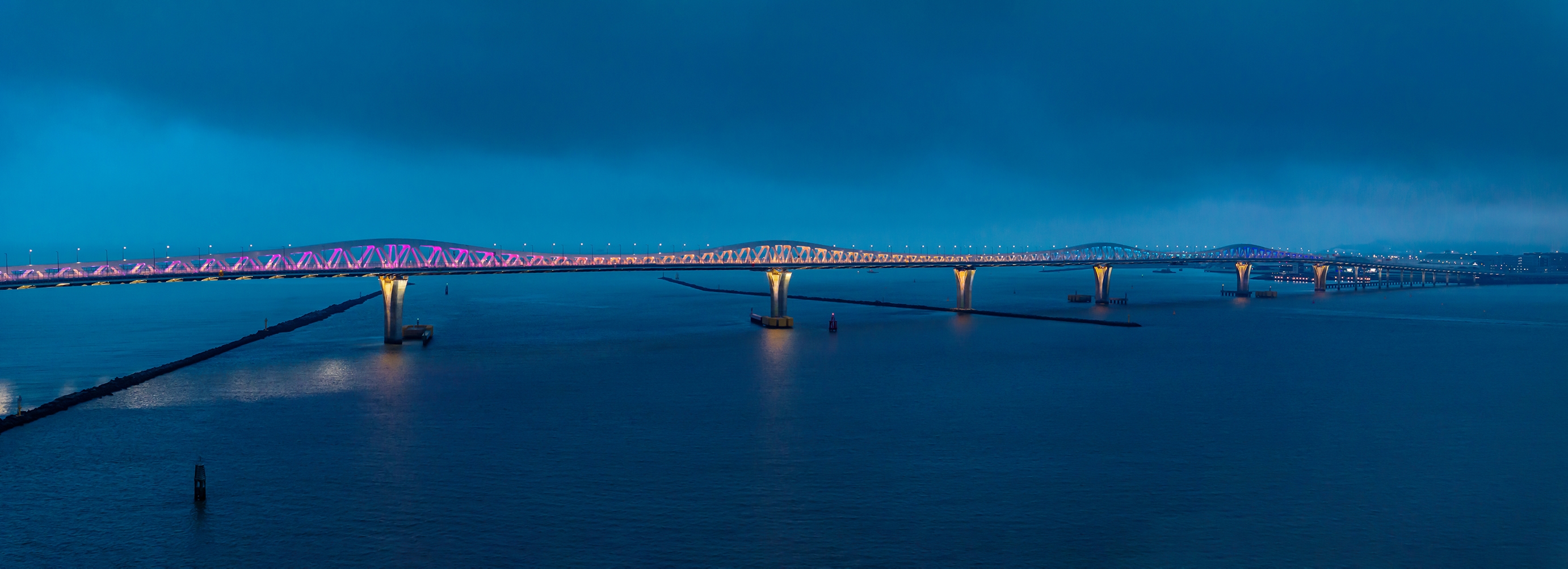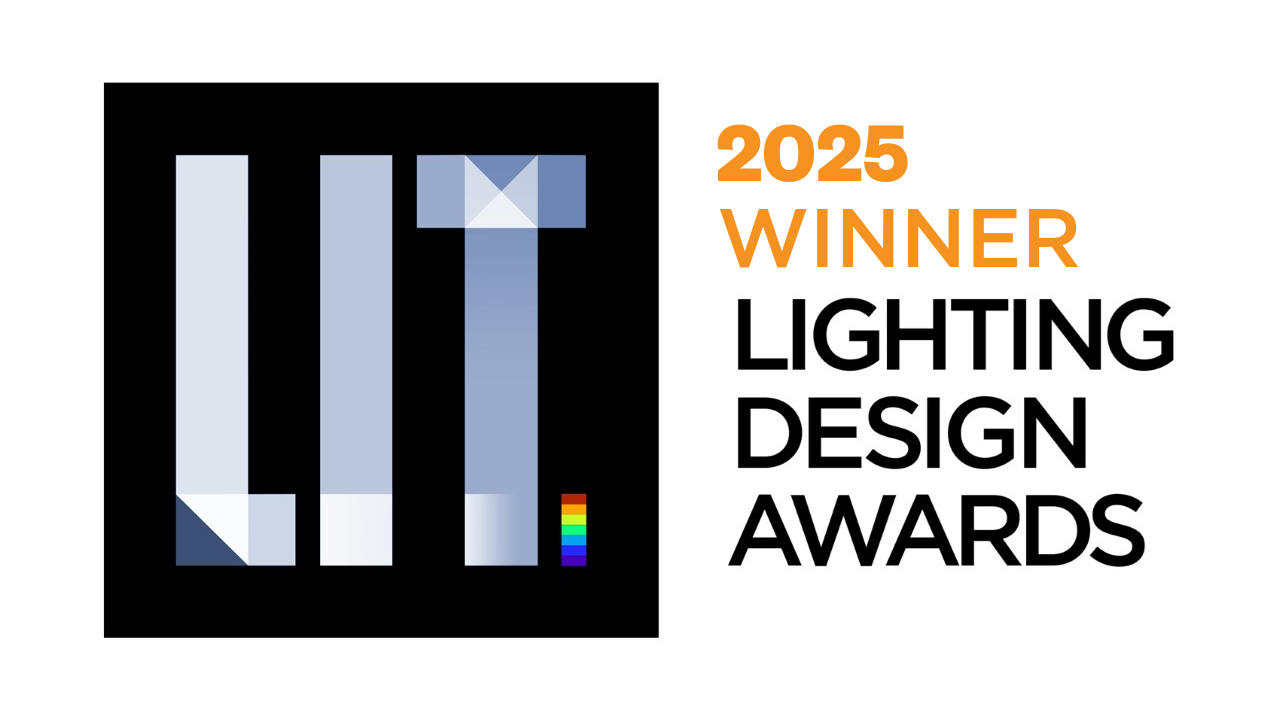Prize(s) Winners in Bridges and Public infrastructures Lighting
Lighting Design/Product Company 1.Chongqing University, 2.Chongqing Zhubo Lighting Engineering Design Co., Ltd.
Lead Designers Yonghong Yan
Other Designer's names Siqi Fu, Xin Li, Bohan Zhang, Na Li, Tong Lin, Zhiyong Zhang, Yan Wei, Huifang Zhai
Architecture Company T.Y. Lin International Engineering Consulting (China) Co., Ltd
Client Public Works Bureau of the Macao Special Administrative Region
Photo Credits 1.Li Zhou, 2.Wenjia Zhou
Completion Date Oct. 2024
Project Location Macau,China
Entry DescriptionThe Macau Bridge, stretching 3.085 kilometers, gracefully links the Macau Peninsula to Taipa Island, holding the title of the world's longest inclined steel truss-steel box composite continuous beam bridge. Its sleek, wave-like white surface draws inspiration from the bay that Macau gazes upon.
The nightscape design seamlessly blends with nature, weaving in elements of humanistic care and social responsibility. It transforms the bridge into a symbol of compassion, a luminous connection between hearts. The lighting adapts to mirror the rhythmic pulse of the tides, evoking the ebb and flow of life, while using minimal power and meticulously calibrated light distribution to create an elegant, tranquil ambiance akin to a moonlit sea.
The emotional experience of color is not reserved solely for those with normal vision. Extensive testing ensures that every light color is compatible with various forms of color perception. The distinctive purple hue, which appears as a gentle blue to many with color blindness, captures the essence of diversity and inclusivity. This shade has become the defining backdrop for the Macau Bridge's iconic nightscape stamp.
Before disaster strikes, the bridge’s triangular trusses, in harmony with the lighting, activate a four-tier disaster warning system, integrating the bridge’s night lighting into the city’s broader public safety framework.
Sustainability ApproachLighting is a symbol of the prosperity of Macau, one of the world’s largest gambling hubs. Located within air traffic control and shipping lanes, the bridge faces strict restrictions on light direction, intensity, and glare, requiring a careful balance between visual impact, safety, and energy efficiency. The design follows rigorous energy-saving and environmental standards. Using modular prefabrication and overhead hoisting during construction, the project minimized disruption to water areas and ecosystems. Eye-tracking data analysis led to the reduction of 2,508 fixtures, cutting total power consumption by 32%. In six lighting modes, the energy-saving mode uses 35kW, while the major holiday mode uses 339.1kW. The final design includes 15 types of fixtures, 2,491 units, and a total power consumption of 339.1kW.


